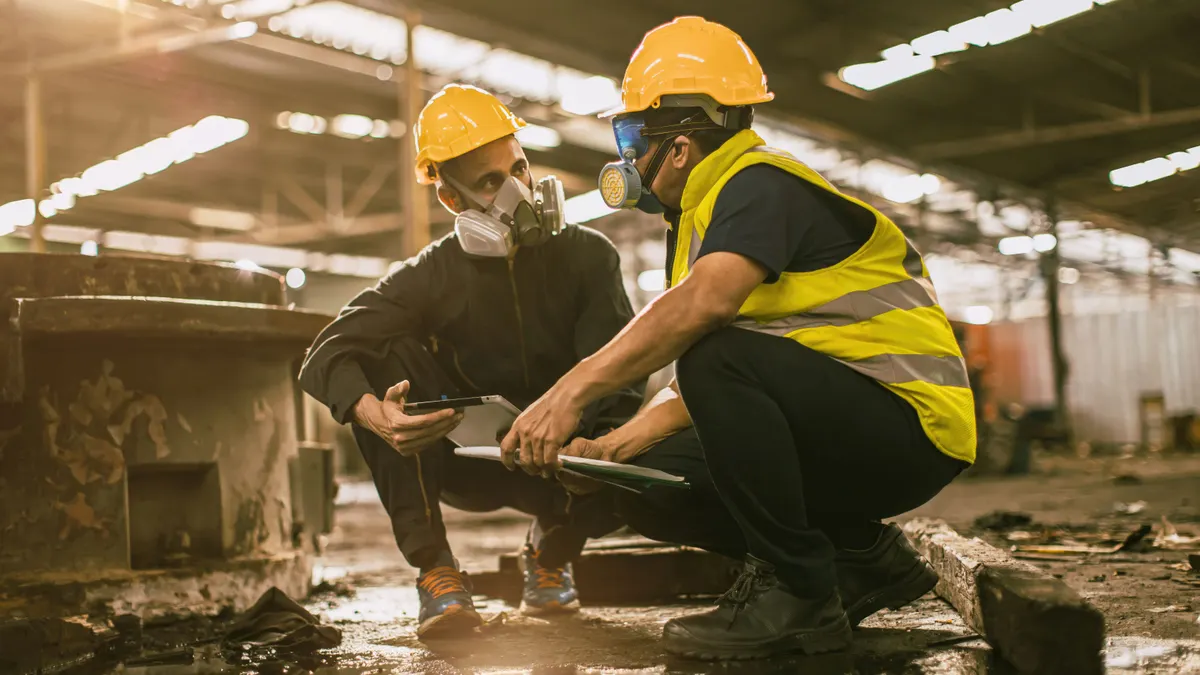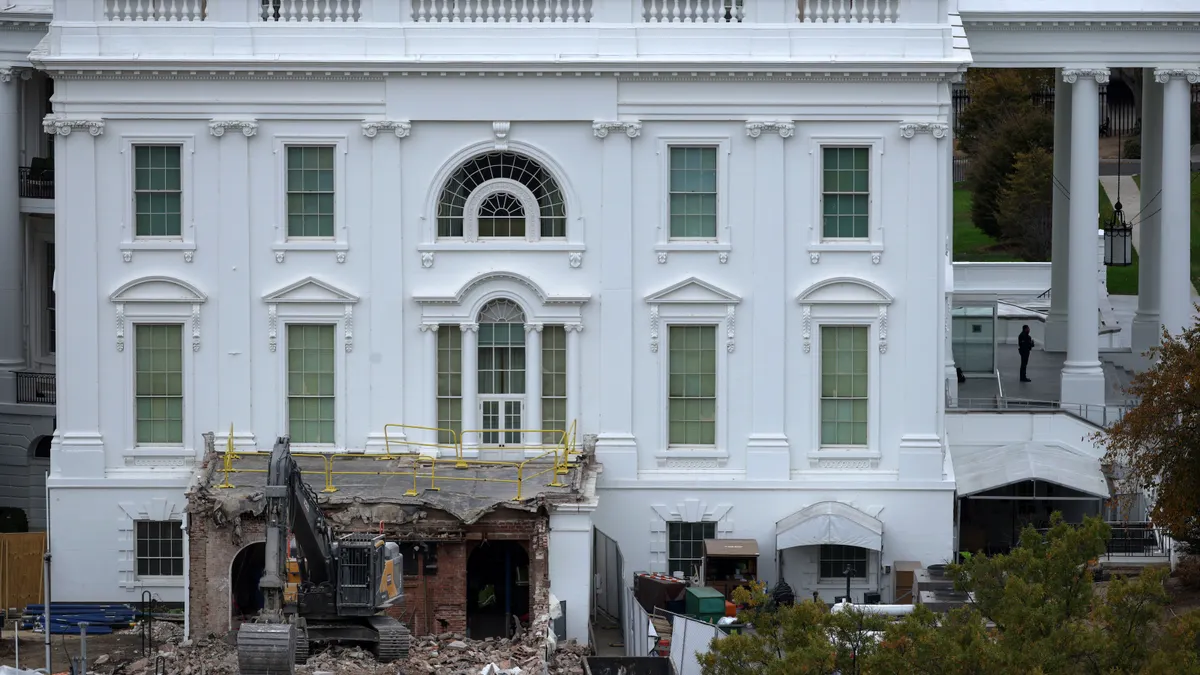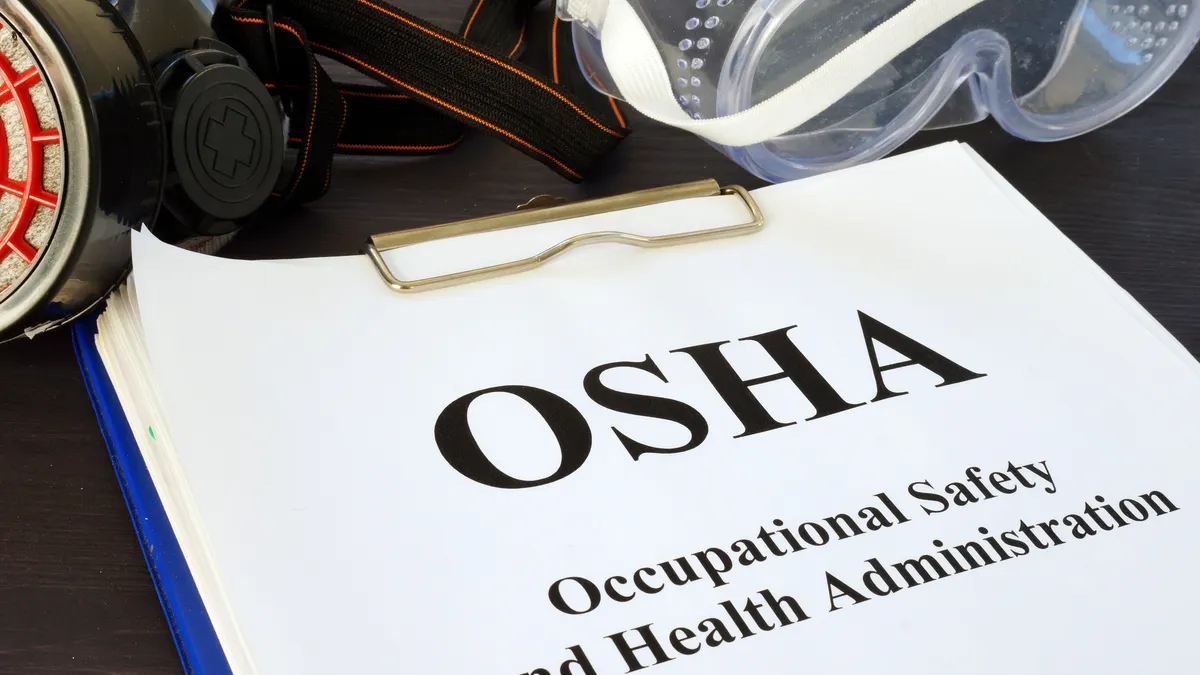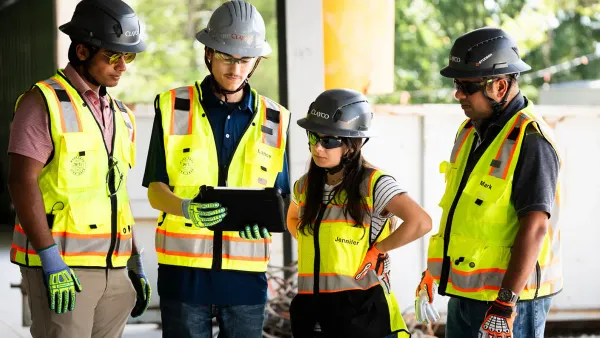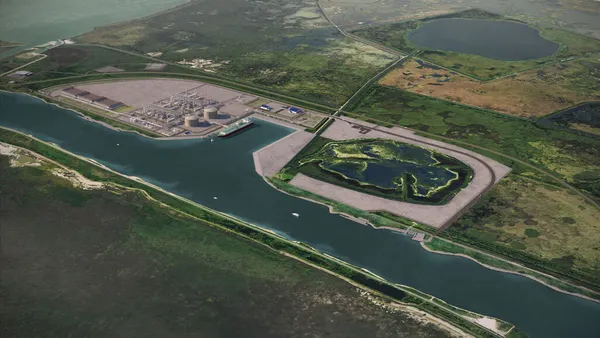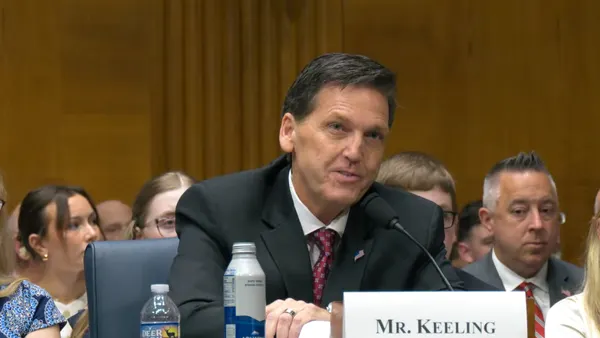Sandra J. Domeracki is a clinical professor in the Community Health Systems Department in the School of Nursing at the University of California, San Francisco. Opinions are the author’s own.
On April 1, thousands of Health and Human Services workers arrived at work to find their identification badges failed to let them into their jobsite.
They were placed on administrative leave with a letter of termination set for June 2. Employees at the National Institute for Occupational Safety and Health were among those affected; 85% of that workforce was eliminated.
As a nurse practitioner working in the field of occupational health for three decades and teaching new NPs in this role for two decades, I have seen and experienced firsthand the power NIOSH has in keeping our nation's workers healthy and safe.
Recently, the date of termination was changed to June 30. NIOSH has been annihilated. Worker safety is in danger if we do not speak up now.
Why does this matter?
There are over 160 million workers in the U.S., according to the Bureau of Labor Statistics. That is about 48% of the population. Workers spend most of their time on the job doing combinations of activities — such as prolonged sitting, prolonged kneeling, heavy lifting and being exposed to toxins — sometimes with fatal results. In 2023, 5,283 workers died on the job, according to BLS data.
NIOSH is an agency created and funded by Congress. When it started as part of the Occupational Safety and Health Act in 1970 it had about 1,400 staff across the U.S., according to the American Industrial Hygiene Association.
The agency’s budget was only $363 million in fiscal year 2024, reported Safety + Health Magazine. This amounts to a little over two dollars per year per U.S. worker.
NIOSH staff do some of the most important public health and labor safety work in the U.S. For more than 50 years, NIOSH has been an essential resource for workers to help ensure their health and safety at many essential work sites.
For example, NIOSH inspects and certifies respirators and other personal protective equipment that saves countless construction workers’ lives. NIOSH staff help prevent injuries and illnesses and investigate hazardous situations workers face, such as falls and trench collapses. It studies the effects on workers' exposure to toxins such as silica.
The knowledge, expertise and resources it provides empower construction workers to understand how to protect themselves. But with recent cuts, construction workers and employers have a good chance of losing the development, testing and evaluation of future PPE that is upgraded and certified.
Research and strategies to prevent opioid overdose and suicides and loss of life due to falls will not exist. This all leads to increased financial costs for the industry and workers.
As a doctoral student, my work focuses on construction workers. Anecdoteally, I can share findings in my studies from experts that indicate productivity is the focus instead of worker safety in the U.S., whereas in Europe and Canada, worker safety is the priority.
For workers, their quality of life, family life and financial well-being are impacted by the injuries and exposures they sustain at jobsites. This illustrates the continued need for ongoing improvement in PPE, safer work processes and updated tools, which NIOSH and its staff are the only agency that can help us with.
What’s next?
Although it was announced on May 14 that 328 NIOSH employees have returned to work, there are nearly 600 who have not, NPR reported.
We have until June to answer the question “What’s next?”
Unions, professional organizations, centers doing research funded by NIOSH and more have written letters to President Donald Trump and are taking legal action to save NIOSH.
If we are to Make America Healthy Again, does that not apply to all U.S. workers? We must act now for this vision to come true. I challenge you to take this next step now for workers’ health and safety.


